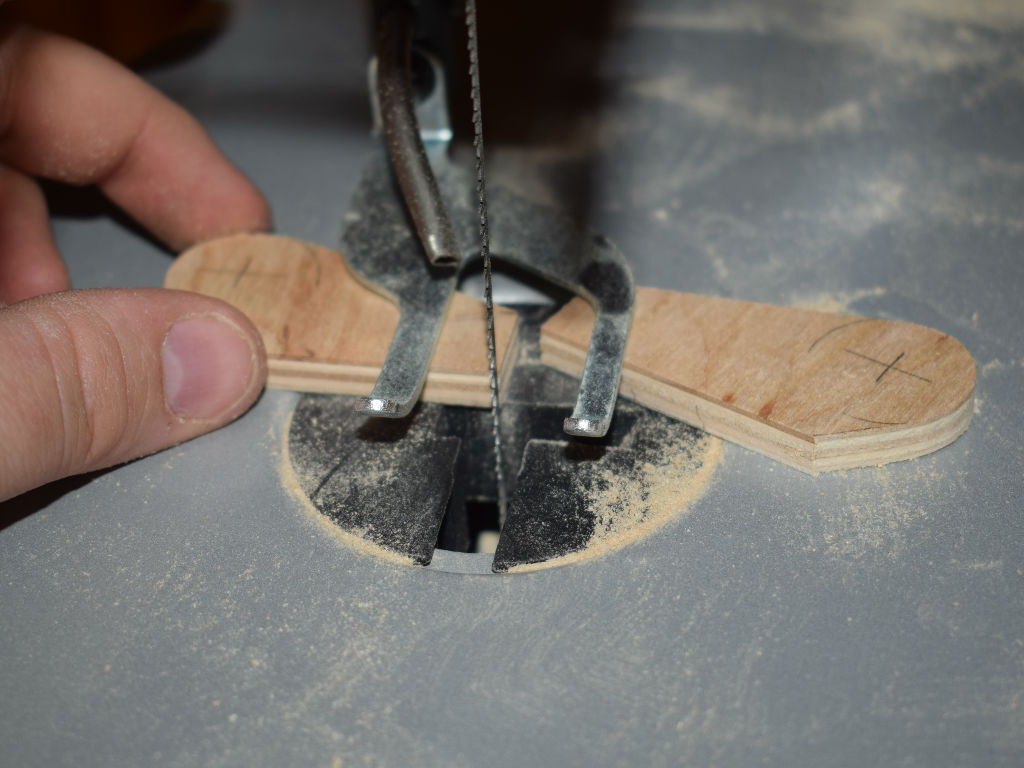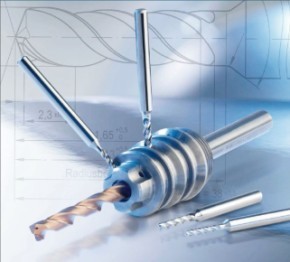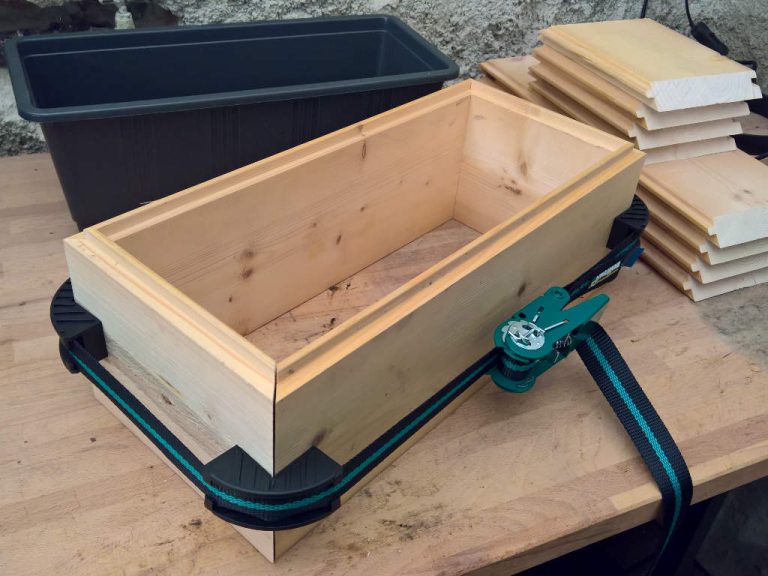The Vital Role of Rebar in Construction Projects
Rebar, or reinforcing bar, is a cornerstone in construction, providing essential structural integrity and strength to concrete. Primarily made from steel, rebar reinforces concrete and masonry structures, ensuring they can endure various stresses and pressures. This article highlights the importance of rebar in construction, answering common questions and exploring its synergy with other reinforcement materials like geogrid.

What is Rebar and Why is it Crucial in Construction?
Rebar, or reinforcing bar, is a steel bar or mesh of steel wires used as a tension device in reinforced concrete and masonry structures. Concrete is strong in compression but weak in tension. Rebar significantly enhances the tensile strength of the structure, allowing it to withstand heavy loads and resist cracking and breaking. The combination of concrete and rebar creates a composite material capable of handling various stresses, making it essential for building foundations, bridges, and other large structures.
How is Rebar Installed in Concrete Structures?
The installation of rebar involves several steps:
- Design and Planning: Engineers design the rebar layout based on structural requirements and load calculations.
- Cutting and Bending: Rebar is cut and bent into the necessary shapes and lengths, typically done off-site and then delivered to the construction site.
- Placement: The rebar is positioned within the concrete forms, supported by spacers to maintain its correct location during the pour.
- Tying: The rebar intersections are tied with wire to secure them in place.
- Concrete Pouring: Concrete is poured over the rebar, encasing it to form a reinforced structure.
Proper placement and secure tying of rebar are critical to ensuring the structural integrity and durability of the construction.
What Are the Different Types of Rebar Available?
Various types of rebar are available, each suited for specific applications:
- Carbon Steel Rebar: The most common type, valued for its strength and versatility.
- Stainless Steel Rebar: Known for its excellent corrosion resistance, ideal for structures exposed to harsh conditions.
- Epoxy-Coated Rebar: Carbon steel rebar with an epoxy coating to prevent rust and corrosion.
- Galvanized Rebar: Coated with zinc to protect against corrosion.
- Glass-Fiber-Reinforced-Polymer (GFRP) Rebar: Non-corrosive and lightweight, suitable for structures where steel is impractical.
Each type of rebar has unique properties that make it suitable for different construction needs, ensuring an optimal balance of strength, durability, and cost-effectiveness.
How Do Rebar and Geogrid Work Together in Construction?
Rebar and geogrid are both reinforcement materials used to enhance the strength and stability of construction projects, but they serve different functions.
- Rebar: Primarily used within concrete and masonry structures to provide tensile strength and prevent cracking.
- Geogrid: A synthetic material made from polymers, used in soil reinforcement, retaining walls, and subgrade stabilization.
When used together, rebar and geogrid complement each other by reinforcing both the concrete structures and the soil beneath them. For example, in a retaining wall, geogrid can stabilize the soil behind the wall, while rebar reinforces the concrete wall itself. This combination ensures a robust and stable structure capable of withstanding significant loads and environmental stresses.
Rebar is an indispensable element in construction, crucial for enhancing the tensile strength of concrete structures. Understanding its types, installation process, and how it works in conjunction with other materials like geogrid can help in designing and building more resilient and durable structures. By effectively using rebar and geogrid, engineers can create constructions that withstand the test of time and environmental challenges.



